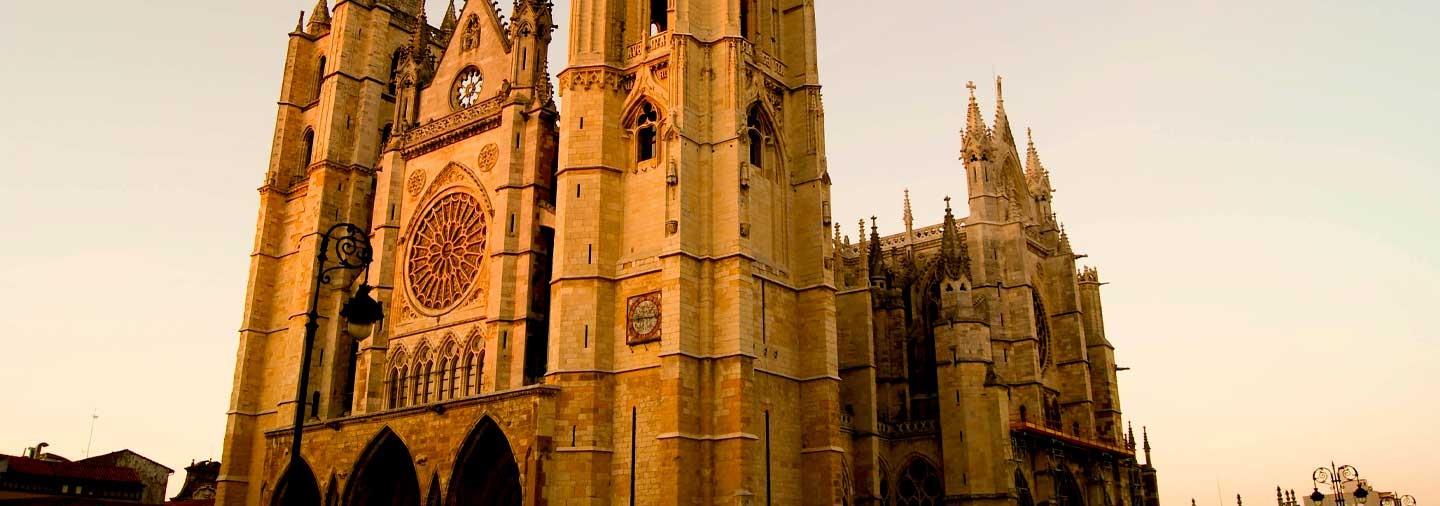
Book with us! We collaborate with the best guides in the city to offer the best services at the best price.
Leon Private tour
Explore the city of León on a private and customized tour around the must-see sights on our new adventure with the best guides

Book with us! We collaborate with the best guides in the city to offer the best services at the best price.
Wine Tasting at Valdevimbre Wineries
Departure from León towards Valdevimbre, to visit a winery in a unique and fun way. On arrival at the winery, "buggies" will be waiting for us.
Best things to do and see in Leon?
León is the city with the most bars in all of Spain, so we already have a strong reason to visit, through our excursions and tours, this beautiful city. But before going to the bars, we have to know the other parts of the city as well, because León has many churches, historical monuments that surprise us with their architecture and art. The best thing is to start our tourist route in the famous Plaza Regla, where the Cathedral of León is located. Besides being the first monument declared in Spain by Royal Order, the Cathedral of Santa María de Regla gives rise to the episcopal headquarters of the diocese of León.
After visiting the famous Cathedral of León, we have to go to the Museum of San Isidoro, which leads to the Pantheon of the Kings of León, which is also known as the Sistine Chapel of Romanesque Art. In it we can discover the gigantic capitals, full of symbolism and several paintings that stand out not only for their aesthetics but also for their fresco technique. Here we can find the first representations of Christ in our medieval art. However, we can visit the tombs of the 11 kings and 12 queens, those who were buried in this same Pantheon.
If you sign up for our Free Walking Tour León, you will be able to know the most essential places in the city, the ones that you could not discover alone. We will help you learn the history of Calle Ancha, which divides the center into different parts, forming several neighborhoods. One of the best known neighborhoods in León is the Barrio Romántico. In the center is the Palacio de Guzmanes. This Renaissance palace was built over a Gothic palace, according to the plans of Rodrigo Gil de Hontañón.
And finally, don't forget to visit the bars in the city! Our guide tour in Spanish will help you find where to try the typical dishes of León, such as the black pudding from La Bicha, the cocido Maragato or the lamb roasted in a wood oven.
We want you to have "Your best journey" with our best Free Tour León!



